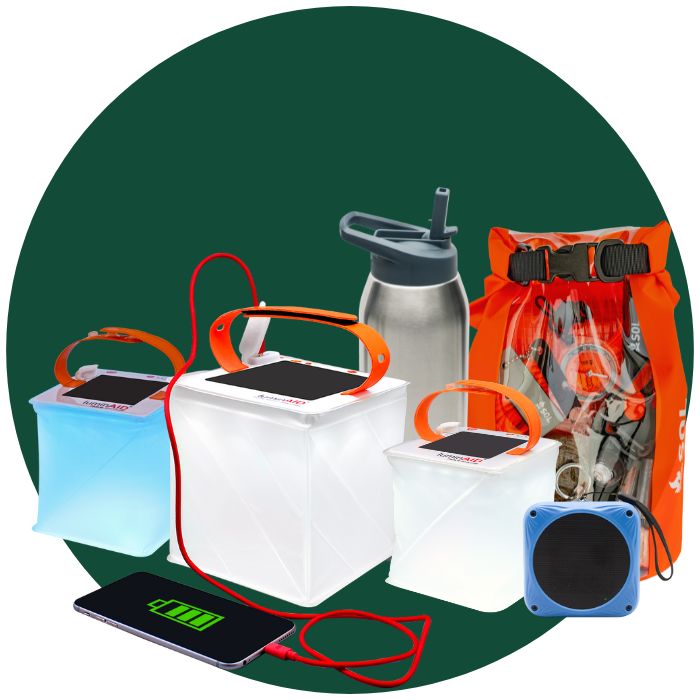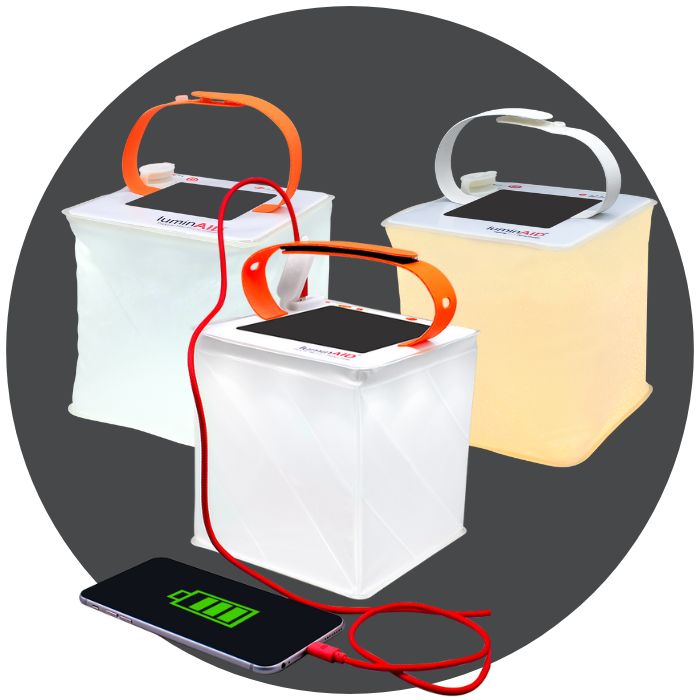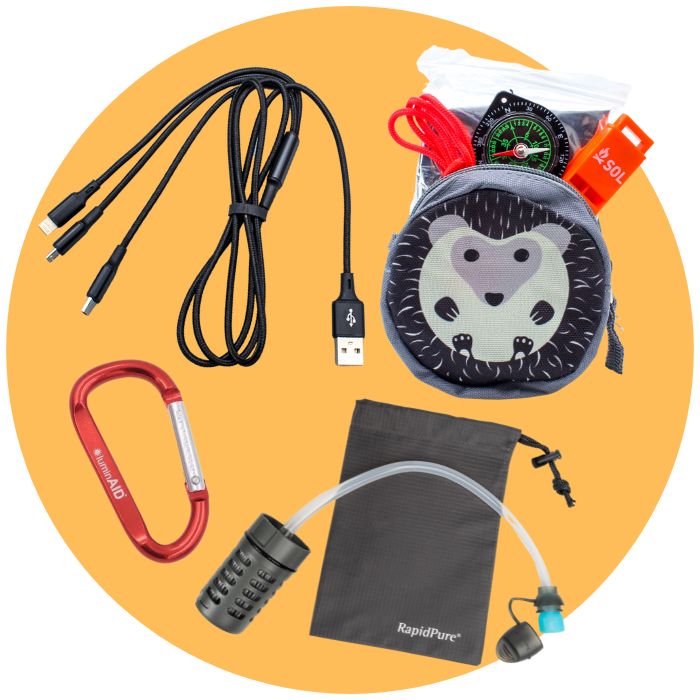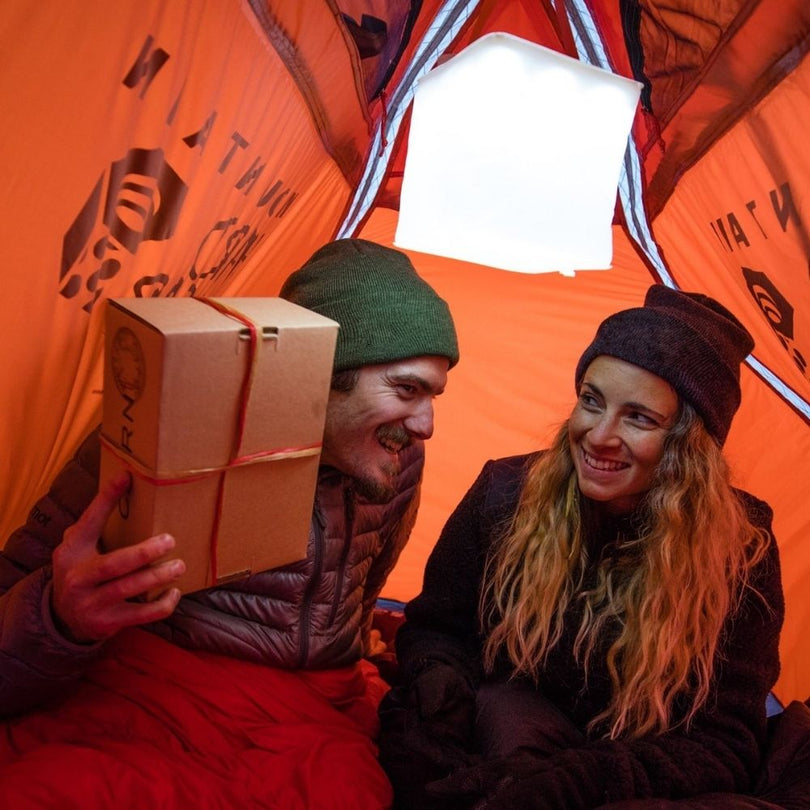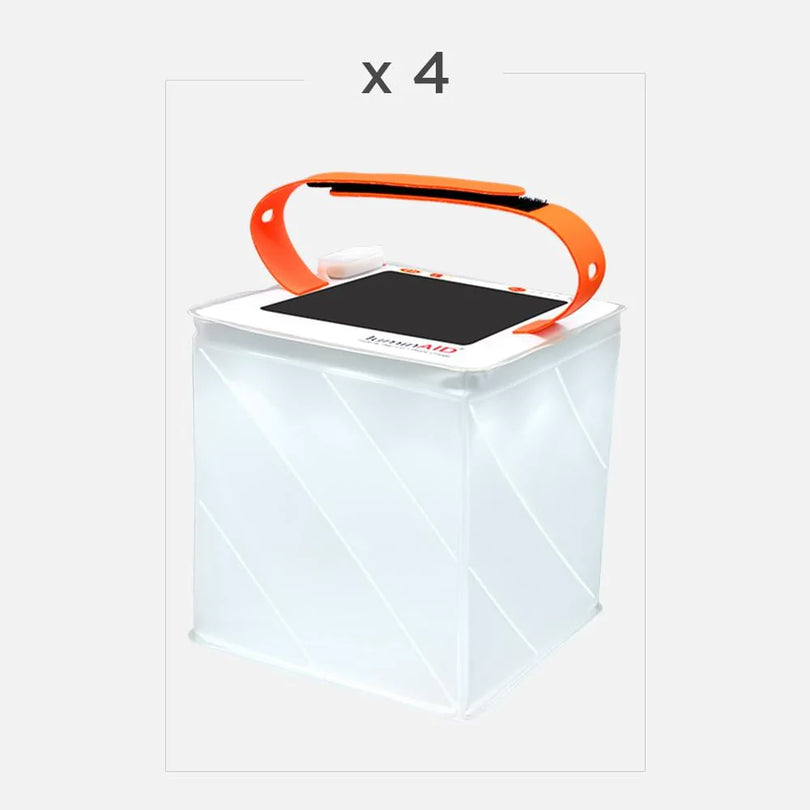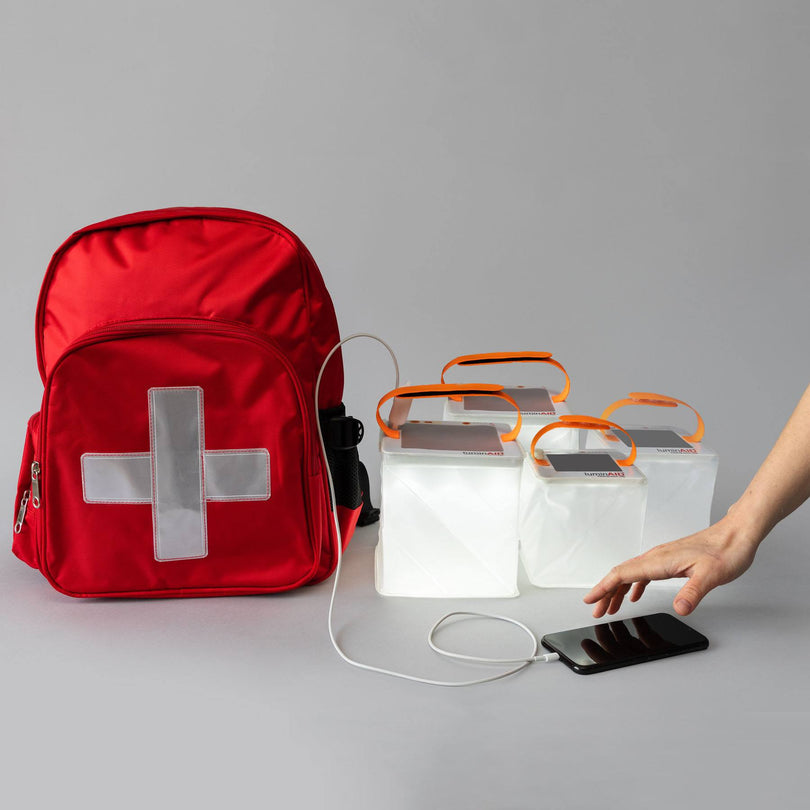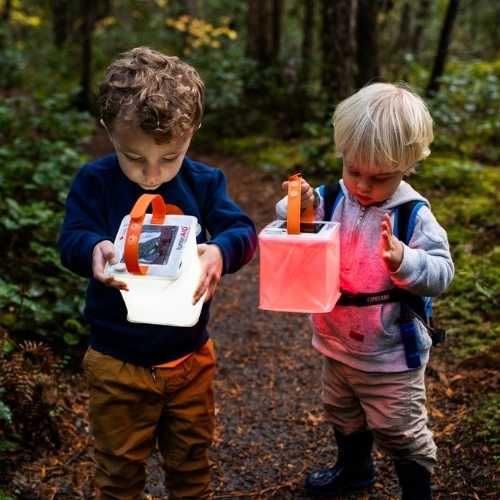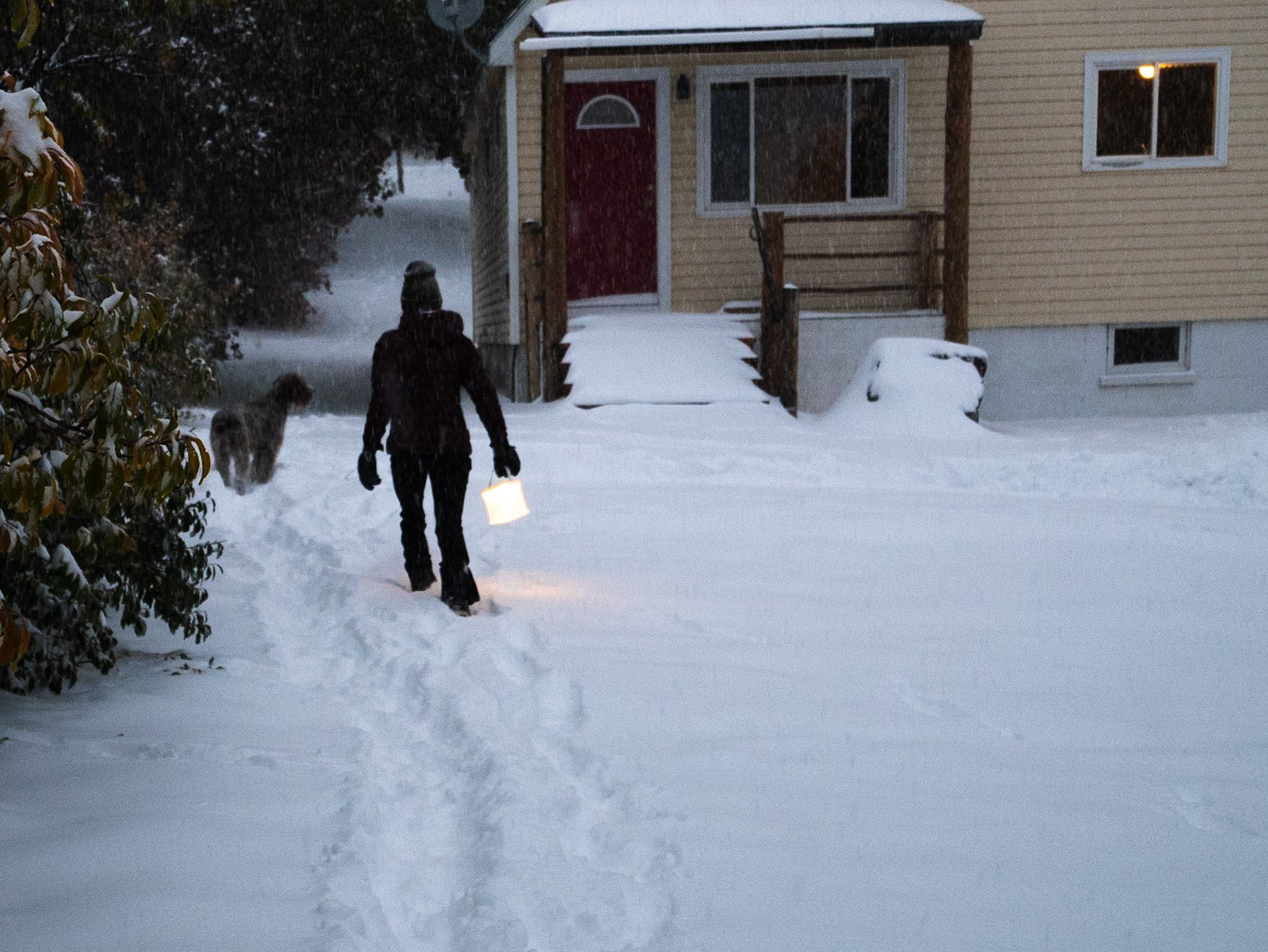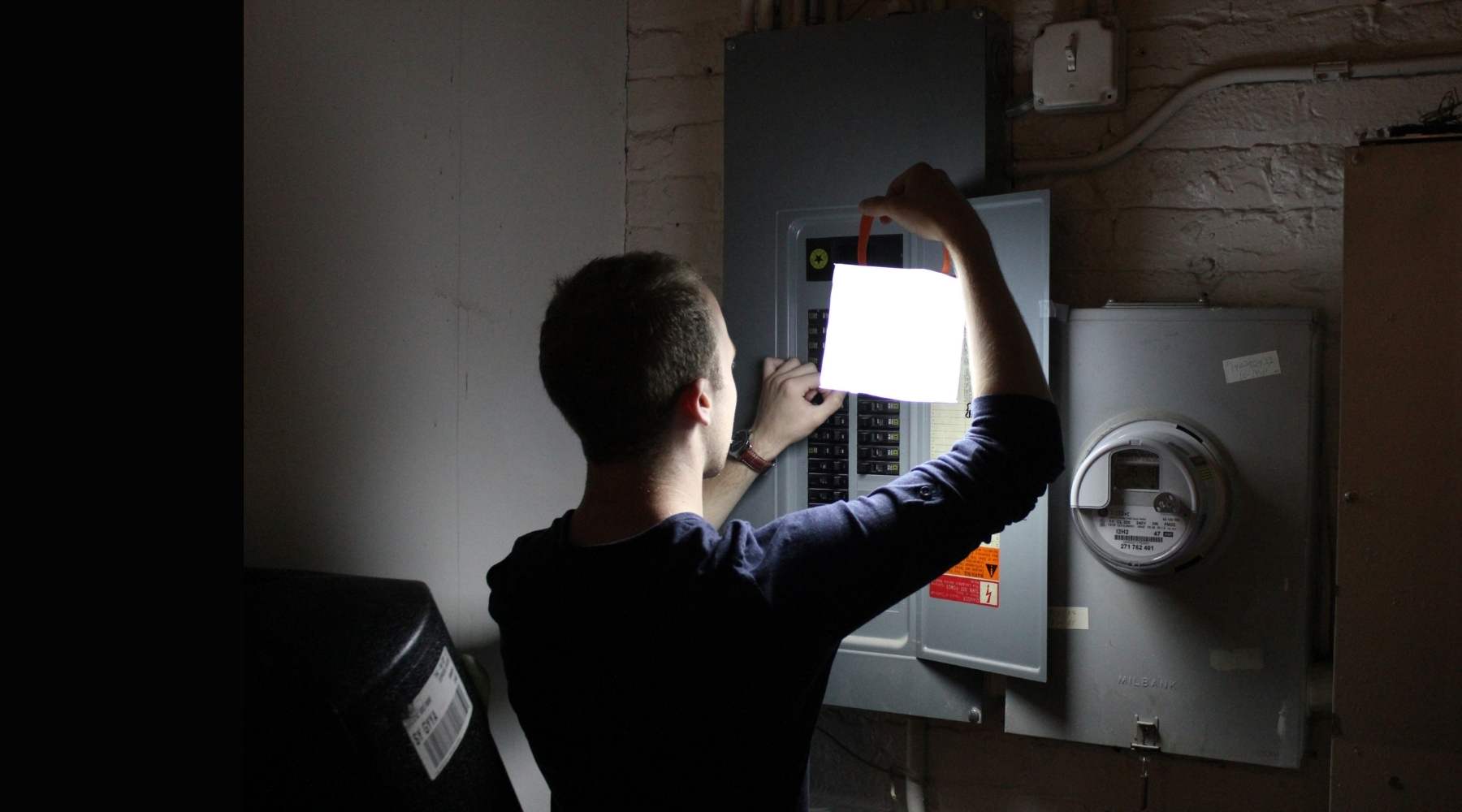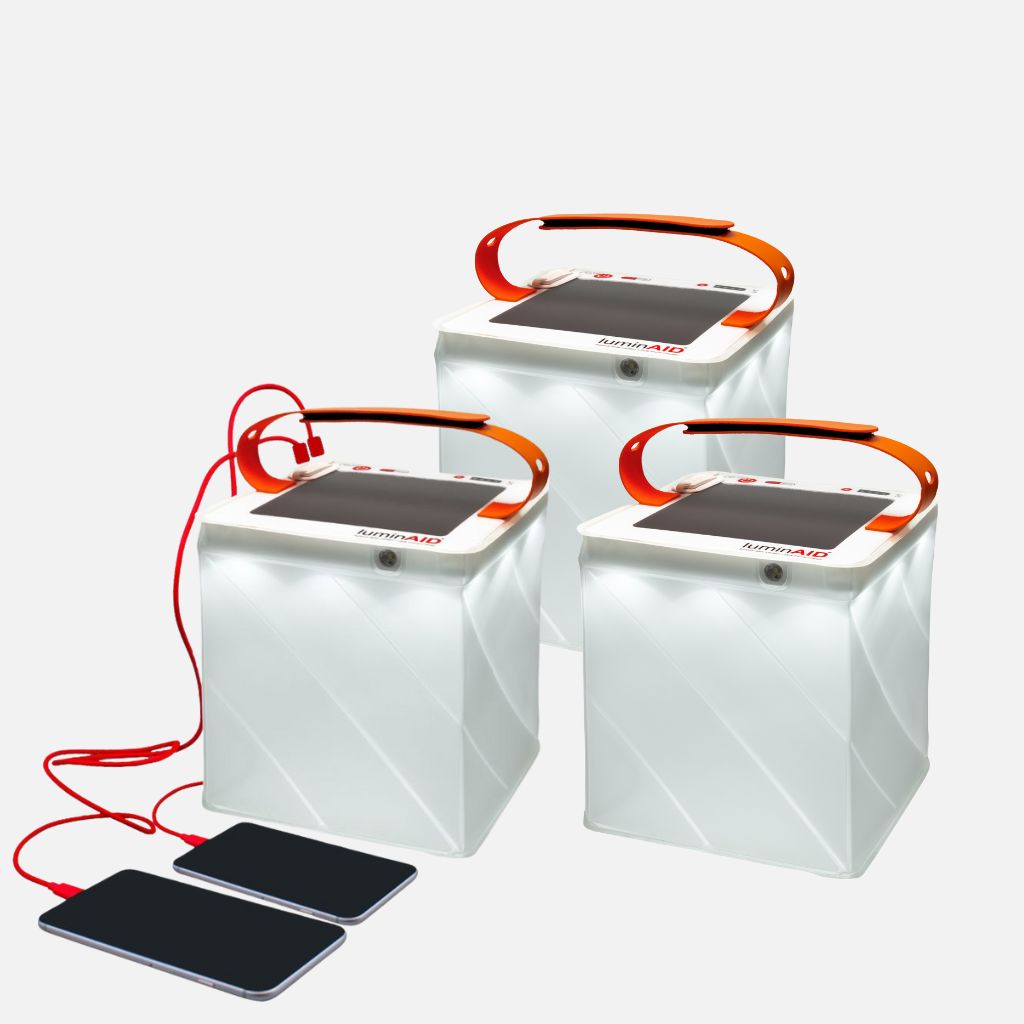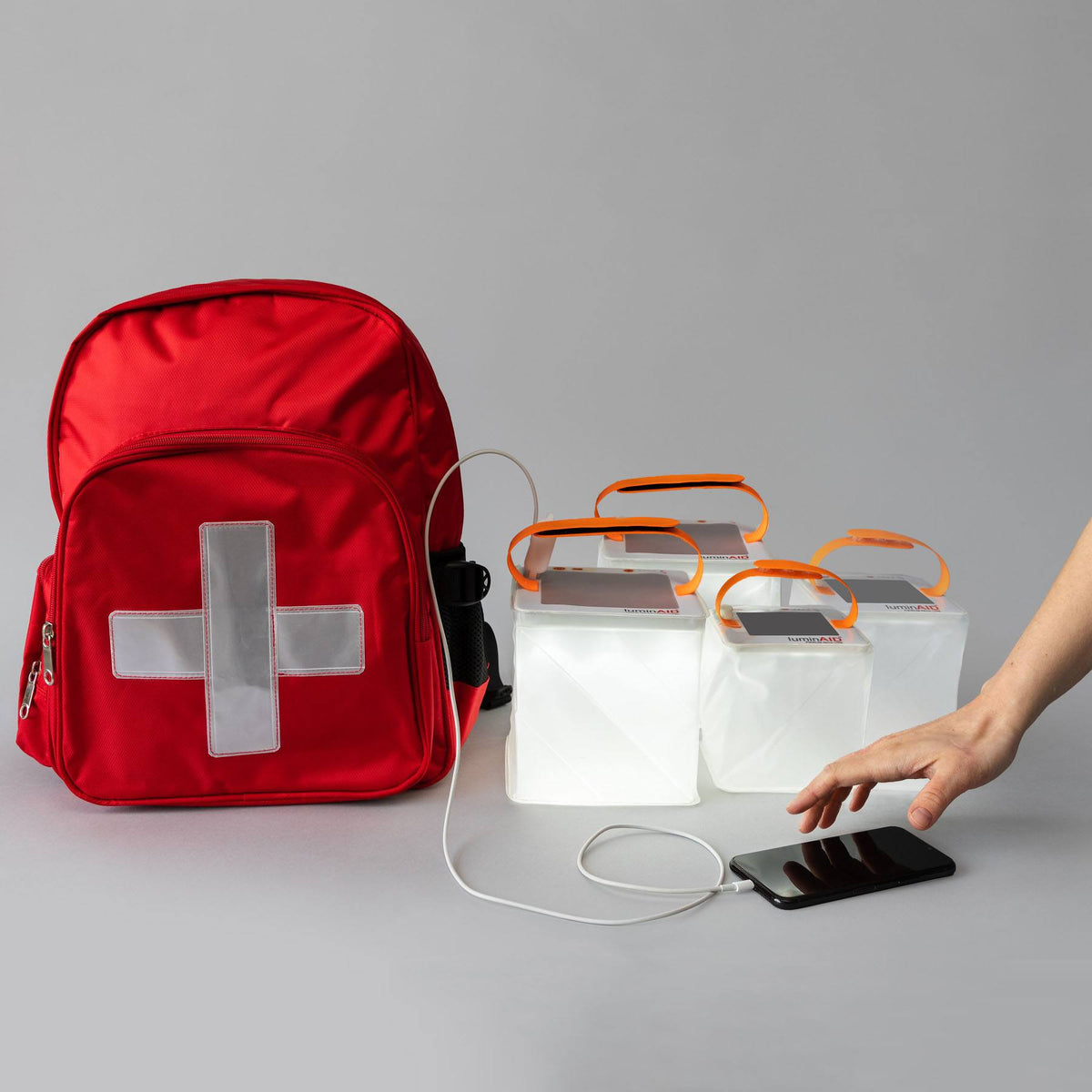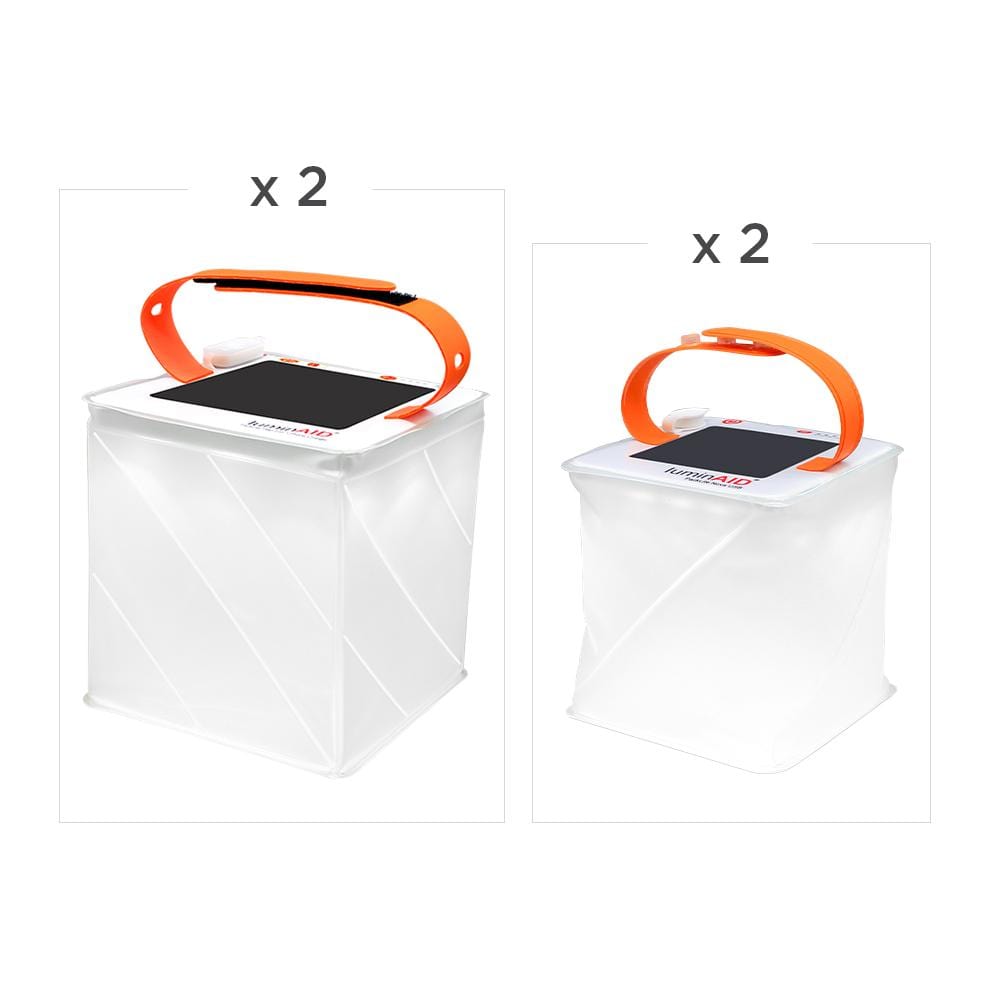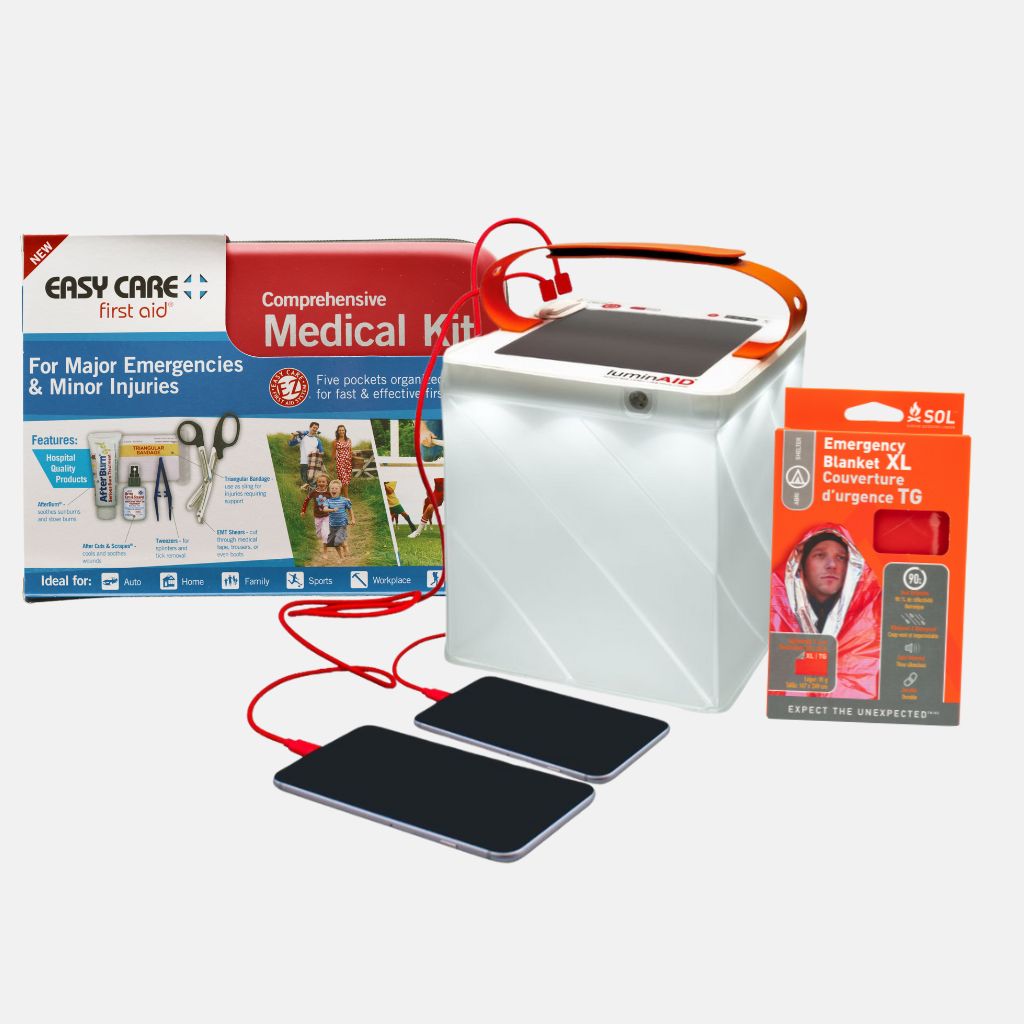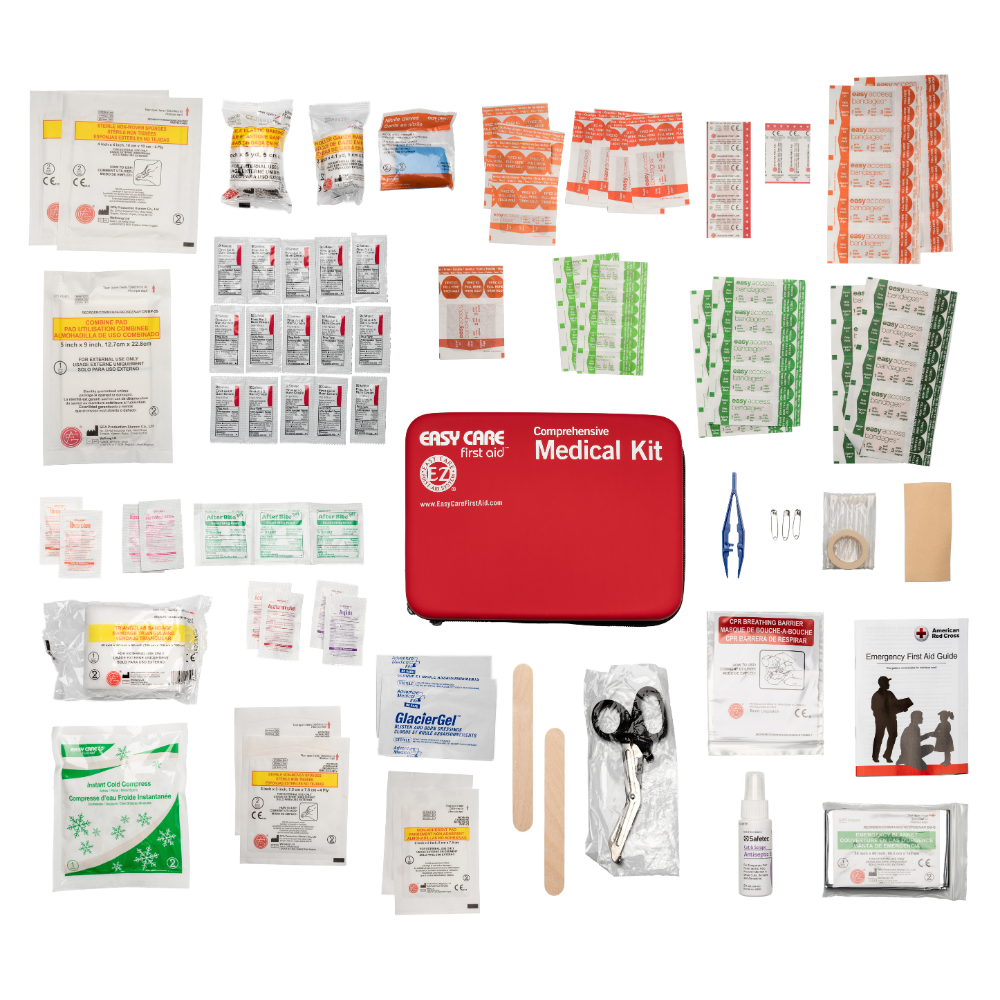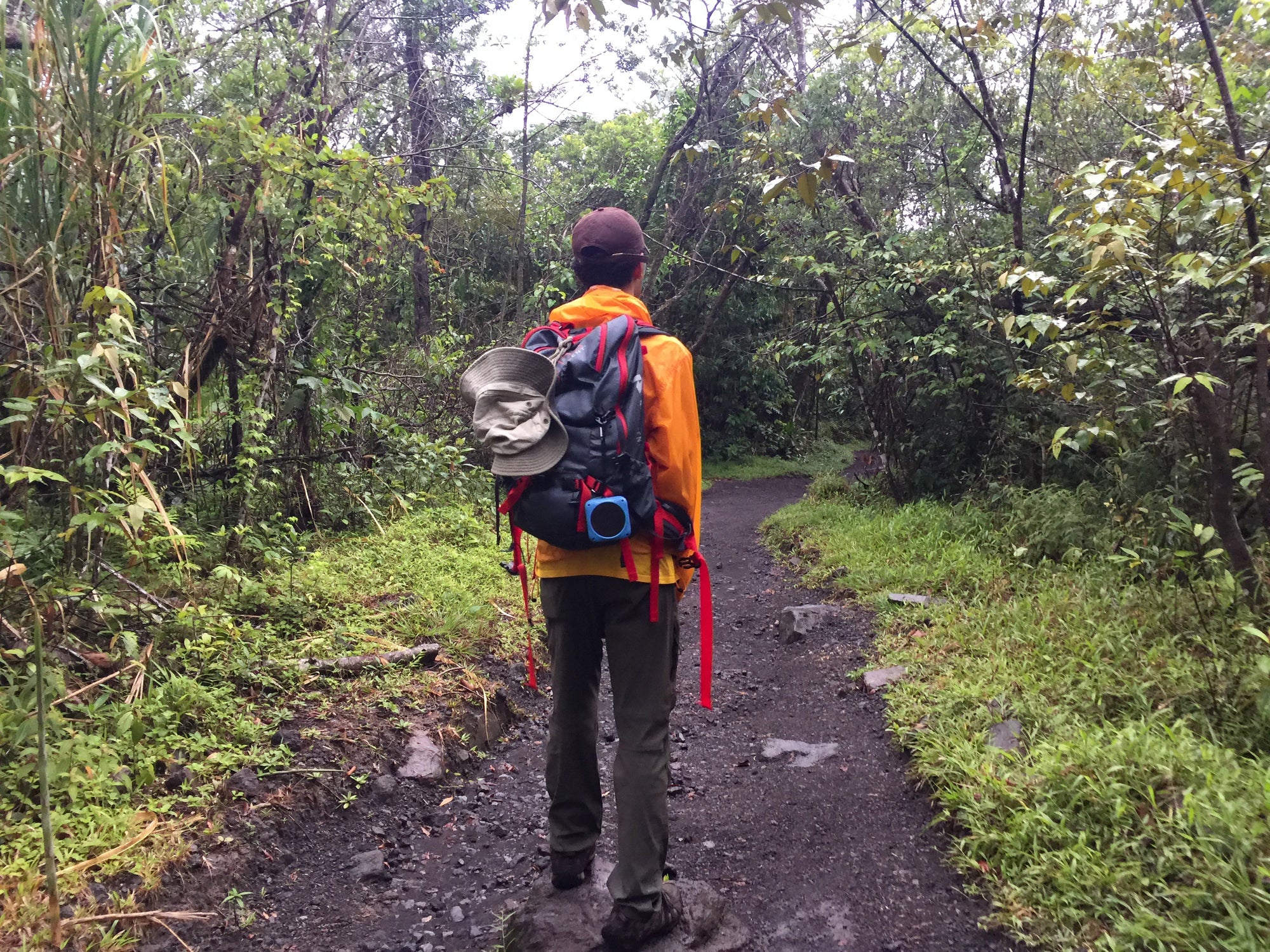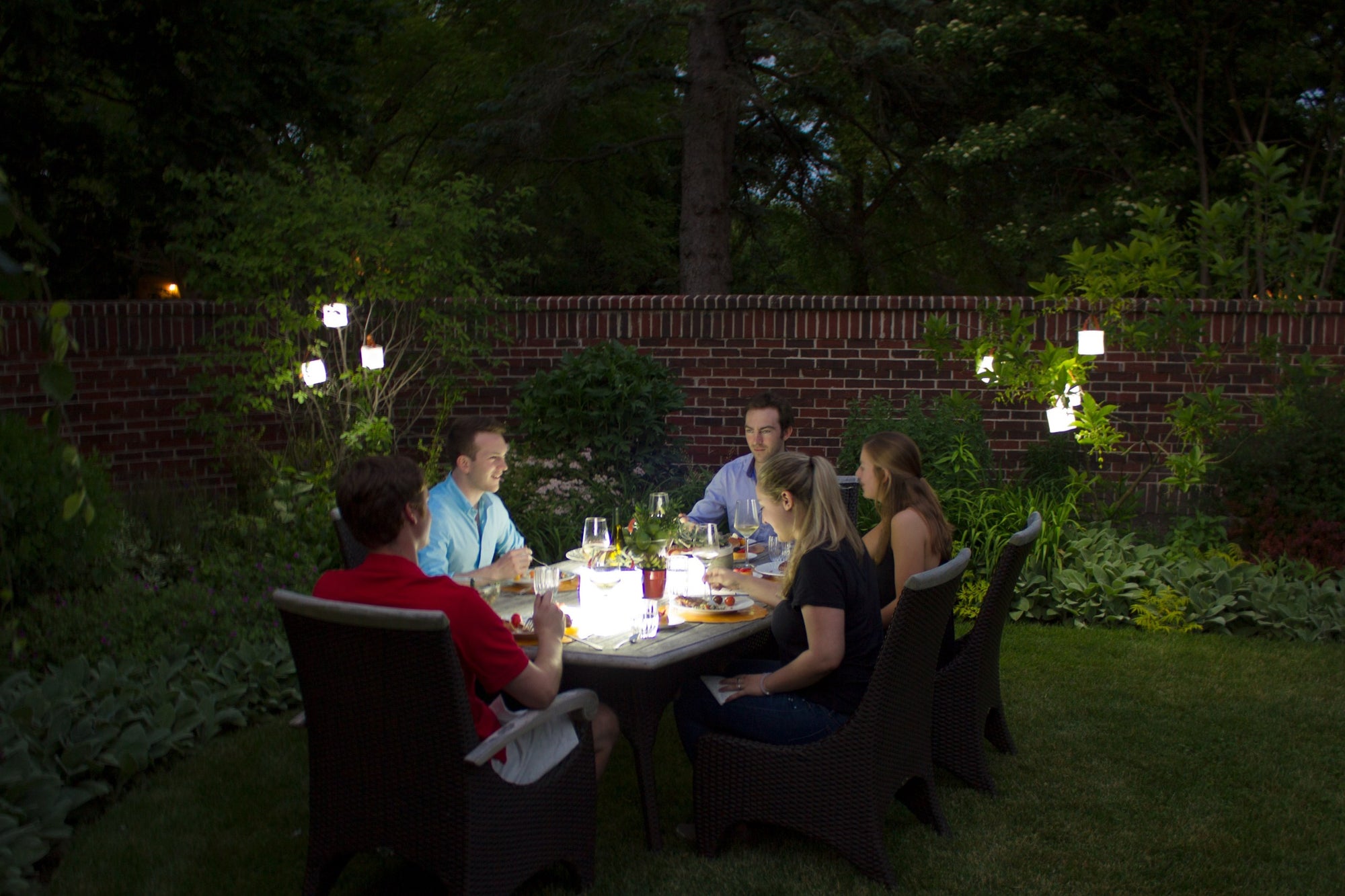How to stay safe in the winter
With winter storms and freezing temperatures well on their way, it’s important to take proper precautions to protect yourself and your home from the cold weather. Pay close attention to weather announcements and local emergency updates, and utilize these helpful tips we have prepared for you.
Winter storm watch
Winter storm watches are important to keep track of because they indicate that a winter storm is likely to occur within 48 hours, but the exact time or location is not certain. This "watch" status is intended to allow you enough time to prepare and plan, and stock up on supplies in case of an emergency.
Winter weather advisory
Depending on where you live, the criteria for an "advisory" status might change, however, advisories signal that a storm is almost imminent and safety precautions are necessary.
While advisories are not as dangerous as "warnings," they still indicate that heavy snow, ice rain, and extremely cold temperatures are likely.
It is imperative to take proper winter storm precautions and prepare for a potential power outage. Blackouts and power outages can happen at any time and can quickly put your safety at risk if preventative measures are not taken.
Winter safety tips
Now that you know the basics of winter safety, here are some essential tips to make sure you stay warm and sheltered this season.
Indoor safety
We’ll start with winter home safety tips since you’ll likely be huddling inside until conditions improve.

Light your home safely
Candles and fireplaces can be useful sources of light and heating during a power outage. In fact, 38% of Vermont homes burn wood for heat, either as their main or second source of heat. However, they do pose safety risks and should not be relied on solely. Especially for families with children, it would be best practice to avoid open fires indoors and instead prompt for a battery-powered LED light.
With disaster relief in mind, LuminAID’s lanterns can be solar-charged via the sun and can provide up to 100 hours of continuous light, so you won’t have to worry about running out of light in a winter blizzard.
LuminAid’s power lanterns also come with a built-in portable battery up to 4,000mAh so that you can keep your important devices charged and connected and stay up to date on local weather announcements.
Use generators safely
If you live in a rural area where power outages are common during winter storms, then a generator may be something to consider investing in. However, be sure to follow all safety precautions, as generators can pose a large risk of carbon monoxide (CO) poisoning if manufacturers' instructions are not followed.
Be sure to keep a spare propane or gas tank on hand and store them properly when not in use.
Never use portable generators in enclosed spaces, and keep them outdoors and away from windows, doors, and vents that could allow this silent killer to enter your home. Keeping doors and windows open is enough to prevent CO buildup in your home.
Since carbon monoxide is released when any source of fuel is burning, it is advised to install CO monitors in sleeping areas and entryways if your home does not have them already.
Familiarize yourself with the symptoms of CO poisoning, such as dizziness and headaches. Low levels of CO over long periods of time are just as dangerous as high levels of CO, so if you suspect carbon monoxide in your home, go outside immediately and call 9-1-1.
Conserve heat
Conserving heat is important for your health and comfort and for keeping your home safe during cold temperatures. Get an early start on winterizing your home by weatherstripping doors and windows and insulating pipes.
During a winter storm, keep all exterior doors and windows closed, and open cabinet doors that have plumbing to allow warm air to circulate around them. During extremely cold temperatures, allow your faucets to drip overnight to prevent your pipes from freezing.
Don’t let cost prevent you from protecting your home and your family. Look for local and federal assistance programs that can help subsidize the winterization of your home, such as the Low Income Home Energy Assistance Program (LIHEAP).
Stay warm and dry
Winter storms increase the chance of hypothermia, so it is imperative that you stay warm and, more importantly, stay dry.
Although hypothermia is most likely to happen during freezing temperatures, it still can occur even at temperatures over 40° F if a person becomes chilled from rain, sweat, or submersion in cold water.
Learn the signs of hypothermia, and do not hesitate to take action. If a person’s temperature drops below 95° F, seek medical attention immediately and do your best to keep them warm and dry.

Eat well
The Red Cross recommends a 2-week supply of non-perishable foods and a 3-day supply of water per person in your survival kit prior to an emergency. Upon receiving a Winter Storm Watch for your area, you should have enough time to stock up on non-perishable foods to outlast any potential winter storm.
Making sure you consume enough calories to keep your metabolism running is vital to keeping you warm when a source of heat may not be available. However, not all calories are equal.
Avoid consuming alcohol or caffeinated beverages like coffee, as they can result in your body losing heat at a faster rate. Alcohol and caffeine are also diuretics, meaning you’re more likely to become dehydrated, and you will need to consume more water as a result.
Furthermore, because alcohol restricts blood vessels in your extremities, it can put you at a greater risk for frostbite.
Outdoor safety
Although it is generally advisable to remain indoors during a winter storm, it may be required to go outdoors.
Whether you’re going outside to grab supplies or enjoying a day outdoors in the snow, it’s vital to keep some outdoor safety tips in mind.
Excess sweating is not recommended
As mentioned earlier, sweating can increase your risk of hypothermia even in warmer winter temperatures, as it causes a higher heat-loss rate in our bodies. While wearing multiple layers is recommended for staying warm, consider removing a layer of extra clothing if you find yourself sweating outside.
Don’t touch alcohol or gasoline
Avoid handling alcohol, white gas, or other liquids that can "supercool" in the winter, meaning they drop below their freezing point but do not freeze. Supercooled liquids on skin can lead to instant frostbite through evaporative cooling, so always wear gloves when handling fuel.
Beware of ice
Slipping on ice hurts, but it can be especially dangerous when access to communication services and medical treatment is limited.
Wear slip-resistant footwear when going outside and salt steps and pathways before a storm hits to minimize frozen walkways. In an emergency, non-clumping cat litter, sand, and wood ash are also great alternatives to rock salt.

Pay attention to shivering
Shivering is a telltale sign that your body is struggling with heat loss and should not be ignored. Persistent shivering is an early warning sign of hypothermia, and quick action needs to be taken. Return indoors, take off any wet or damp clothing, and bundle up under a layer of blankets to warm your body back to appropriate temperatures.
Spot frostbite
Frostbite symptoms may be harder to spot than hypothermia early on, so it is important to learn the signs before it’s too late. Young children are especially vulnerable, as they are more quickly affected by the piercing cold and may not realize they are frostbitten because the frozen parts of their bodies are numb.
If you or a loved one suspects signs of frostbite, seek medical care and begin warming the affected areas up gradually, avoiding direct heat sources such as heating pads, heat lamps, or fireplaces. If possible, allow the affected area to soak in warm water and avoid rubbing the skin, as this could cause more damage.
If color returns to the skin or the numbing subsides, then your re-warming efforts have succeeded, but be sure to see a medical professional as soon as possible.
Summary
With winter on its way, be sure to protect yourself against winter storms and cold weather. Stay up to date on local weather news and emergencies, plan ahead, and follow this guide of essential winter safety tips to keep you and your loved ones warm and safe from the dangers of the cold weather.

